Summary: At its core, improvisation is about responding with presence, listening deeply, and co-creating meaning in real time. These same qualities are now critical in designing practical and ethical AI experiences. As AI becomes embedded in everything from customer support bots to AI-enabled services, we need more than ‘prompt engineering’ for non-technical users.
We need interaction design that can flex, adapt, and listen.
That’s where improv comes in.
Prompting is more than words: it’s about shaping context
Prompt engineering is the practice of crafting inputs that shape AI responses. But prompts aren’t just commands. They’re a way to start a conversation between user, system, and context. A poorly designed prompt can mislead an AI model or frustrate a user. A good one, however, reflects real intent and adjusts dynamically to the situation.
The problem: ‘Prompt Engineering’ assumes you know how to ask.
This is where traditional prompt engineering shows its limits: it’s overly focused on syntax and outputs. That’s why generative AI has an access or user adoption problem. Improv reframes this. It teaches us that interactions are social acts. They unfold. They require timing, tuning, and trust.
Improvisers don’t just say the next line—they say what fits now, in this context, with this audience. That’s precisely the muscle UX designers need when building for generative AI systems.
Check out this workshop experience: Redesign it with AI (hands-on activities using a UX for AI-First approach)
Improvisation may be hard-wired into us
Research suggests our brains are wired for improvisation. When we improvise—verbally, musically, or physically—we engage the brain’s default mode and executive networks in complex, fluid ways. This neural dance is closely tied to creativity.
And when teams apply improv intentionally, the results are measurable.
-
Improves brainstorming outcomes. Gerber (2009) found design teams using improv techniques generated more, and more varied, ideas.
-
Enhances team performance. Lacerda & Chung (2011) showed improv led to stronger group cohesion and collaboration in design teams.
-
Expands divergent thinking. Lewis & Lovatt (2013) demonstrated improv boosts cognitive flexibility, crucial in understanding complex problem spaces.
In short: Improv doesn’t just make you faster on your feet—it makes you a better thinker and collaborator.
Check out this workshop: Developing your improv skills to learn how
Service designers already rely on improv
In the service design world, improv is already a proven tool. It helps teams explore and prototype intangible interactions:
-
Role-playing customer personas or journeys
-
Acting out “what if” service failures
-
Exploring tone of voice for scripts or notifications
-
Practising service interactions and scenarios for frontline staff
And it’s not just for designers. Employees in operational roles also benefit. When customer service reps are trained in improv skills, they’re better at managing tension, recovering from mistakes, and staying emotionally present. These are the very capabilities needed to work alongside or supervise AI agents in real-world service environments.
Designing for AI? You need to think like an improviser
When designing AI-powered tools (eg chatbots, voice assistants, or content generators), the challenge is often one of co-authorship. The AI contributes something. The human refines it. The AI adjusts. The human responds.
This back-and-forth is not unlike a scene between improvisers. Each player builds on the other’s offer using the principle of “Yes, and.” It’s not about control. It’s about continuity.
Improv trains you to:
- Build on partial or ambiguous inputs
- Keep the flow going even under constraints
- Recognize and respond to patterns as they emerge
- Stay attuned to tone, timing, and context
That mindset is key to crafting prompts that feel natural and responsive, not robotic or brittle.
Practicing improv doesn’t teach your system to perform emotions. It teaches you to design with emotional nuance, pacing, and presence. That’s a more honest and useful form of human-centered AI. See Why Improv is Key for Human Centered AI
TL;DR: Improv is a design superpower in the age of AI
If you’re designing AI experiences, you need more than prompt syntax. You need interactional fluency. You need to understand flow, timing, and co-creation. That’s what improv gives you.
Use it to:
✅ Explore edge cases through role-play
✅ Train your ear for conversational flow
✅ Prototype system behavior as scenes
✅ Shape more usable, flexible, and context-aware prompts
Improv makes prompt engineering human again. And that’s what the future of AI UX needs.
Want to improve your AI design team’s fluency? Start with developing your improv skills.







